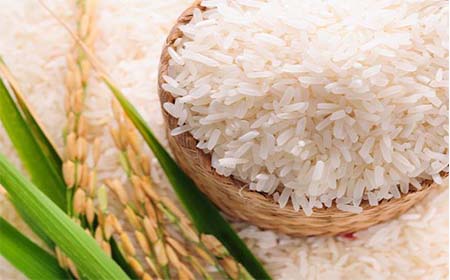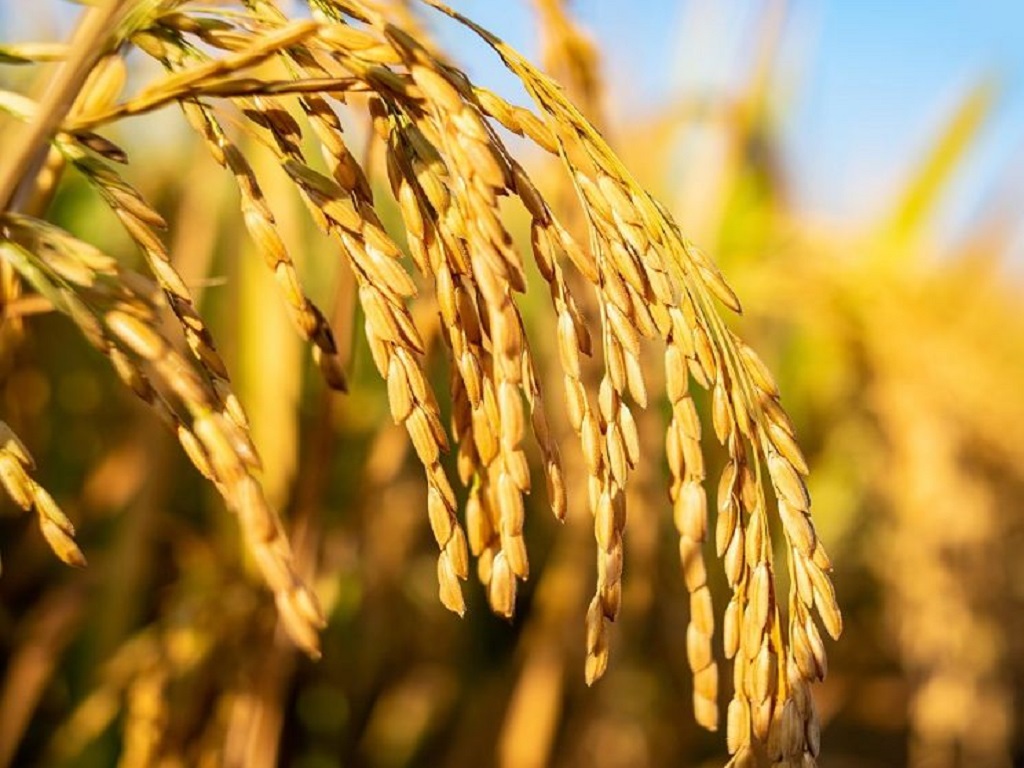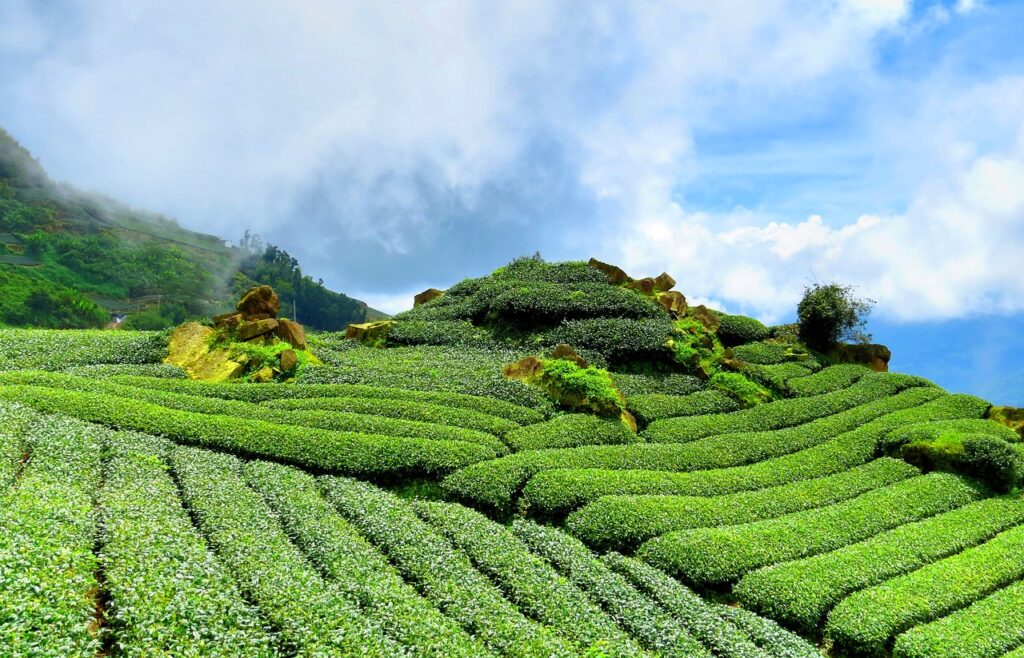Distinctive Aromas & Flavors | Specialty Rice
There are 20 recognized species of rice out of which only two species, Oryza sativa (Asian Rice) and Oryza glaberrima (African Rice) are cultivated. 5 billion people globally consume common rice belonging to these two species only. Then the question arises what is the aromatic specialty Rice?
What is Specialty Rice? How can we differentiate Specialty Rice from Common Rice?
The Specialty Rice although belongs to the same recognized species still they have different kinds of aroma, kernel size, color, and chemical composition. These rice can grow in certain specified weather and soil conditions. Flavor profiles of such rice range from a popcorn flavor with subtle floral or toasted nuts to sweet spiciness or sweet nuttiness. With the growing prosperity, demand for such specialty rice is continuously increasing. In that way, the demand for long-slender aromatic grained Basmati rice has dramatically increased worldwide. Only India and Pakistan grow the best quality Basmati rice in a certain region. The Asians and the people in the Middle East, European and American countries prefer the best quality Basmati Rice at any price. Similarly, the position of Jasmine Rice is very much identical to the Basmati rice. Also, the Glutinous or waxy or “boutique rice” or soft cooking grains of rice sell at a 50% higher price than common rice. The demand position for “black rice” and “Red Rice” is no different and increasing day by day.

JASMINE RICE
Jasmine Rice is a long grain variety of fragrant rice with a 3:1 length-to-width ratio and distinct flavor. Its aroma is reminiscent of pandan and popcorn and is attributed to a much higher proportion of 2-acetyl-1-pyrroline, a naturally occurring compound in all rice. Thailand, Cambodia, Laos, and Southern Vietnam primarily grow Jasmin Rice.
The grains cling and are somewhat sticky when cooked, though less sticky than glutinous rice (Oryza sativa var. glutinosa), as it has less amylopectin. It is about three times stickier than American long-grain rice. Cooked grains are soft, moist, and cling together. Jasmine is a major ingredient in Thai cuisine and can also be swapped for any recipe calling for long grain.
BASMATI RICE
Basmati is an aromatic long slender grain rice with its distinctive aroma and flavor. India, Pakistan, and Nepal traditionally grow this Rice. Many countries grow and use domestically grown Basmati variety rice, but Geographically Basmati is exclusive to certain districts of India and Pakistan. The areas which have GI tags for basmati rice production in India are the states of Punjab, Haryana, Himachal Pradesh, Delhi, Uttarakhand, Western Uttar Pradesh, and Jammu and Kashmir. According to APEDA, the Indian Government Agency a rice variety is eligible to be called basmati if it has a minimum average precooked milled rice length of 6.61 mm (0.260 in) and an average precooked milled rice breadth of up to 2 mm (0.079 in), among other parameters. The cooked grains are long, separate, and fluffy and have a savory, nutty flavor, and are slightly chewy. Indian and Mediterranean dishes mostly use Basmati rice. Basmati is a cultivar of the Indica group of varieties of Oryza sativa.
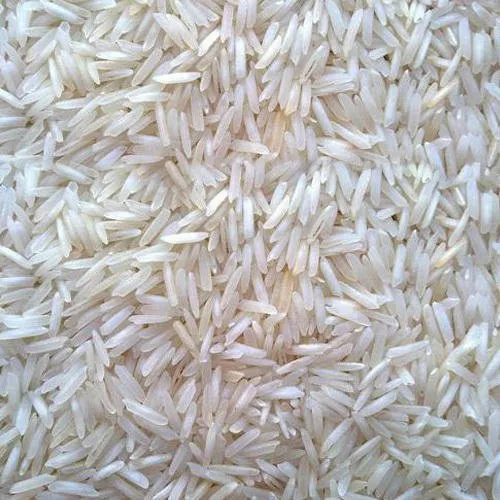
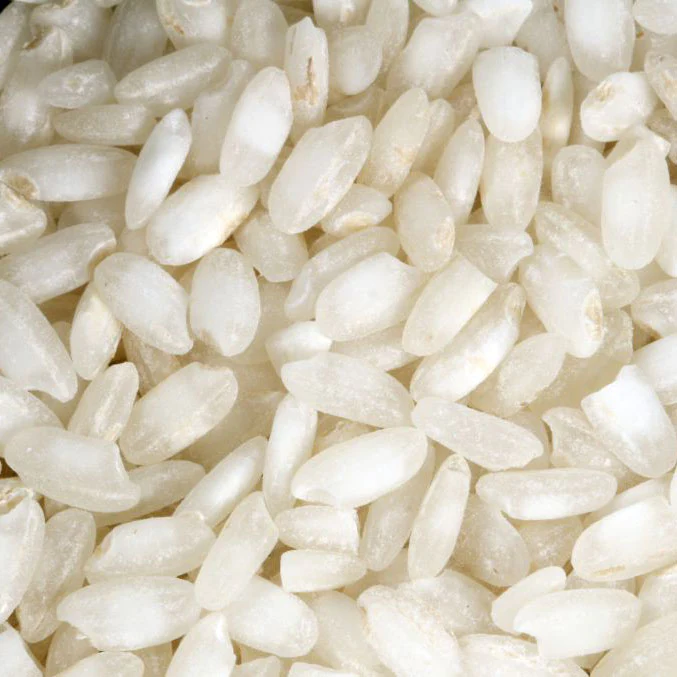
ARBORIO RICE
Arborio is short-grained Italian rice. It has a characteristic white dot at the center and contains high protein than any other short-grain varieties. It is named after the town of Arborio, in the Po Valley, situated in the region of Piedmont in Italy.
Arborio rice is high in amylopectin, a starch present in rice. Due to less milling, arborio retains more of its natural starch content. Once Cooked the rice releases amylopectin starch, resulting in a firmer, chewier, and creamier rice compared to other kinds of rice and has an exceptional ability to absorb flavors. Risotto and few desserts use this Rice as one of the main ingredients. Arborio is a cultivar of the Japonica group of varieties of Oryza sativa.
RED RICE
The Anthocyanin pigment is responsible for the color of Red Rice. Anthocyanin also called anthocyans, are water-soluble vacuolar pigments that, depending on their pH, may appear red, purple, blue, or black. The husk of this rice is red, and not brown like other rice varieties. It is richer in fiber and high in antioxidants. Cooked grains have a savory, nutty flavor, and are slightly chewy. Red rice is perfect for salads, pilafs, soups, and side dishes.
Varieties of red rice include:
- Rakthashali, a rare rice variety of Indian rice, often mentioned in Ayurveda and Hinduism
- Oryza longistaminata, also known as red rice
- Oryza punctata, also known as red rice
- Oryza rufipogon, also known as wild rice and red rice
- Red rice, also known as weedy rice, is a low-yielding rice variety that persists as a weed in fields of better-quality rice
- Thai Red Cargo rice, non-glutinous long grain rice variety
- Bhutanese red rice, medium-grain rice grown in the Kingdom of Bhutan in the eastern Himalayas
- Camargue red rice, is a relatively new variety of rice cultivated in the wetlands of the Camargue region of southern France.
- Ulikan or mini-angan, heirloom red rice from Ifugao and Kalinga, Philippines.
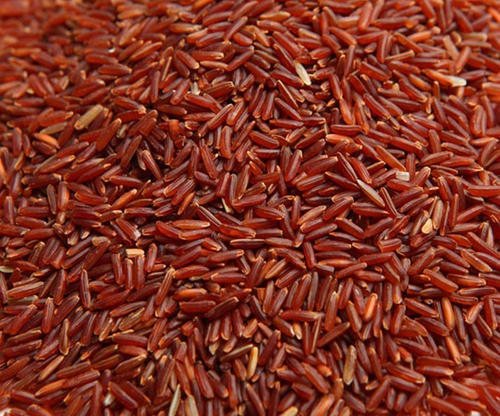
- Palakkad District, Kerala cultivates an indigenous variety of Matta rice, also known as Rosematta rice, Palakkadan Matta rice, Kerala Red rice, and Red parboiled rice.
- Malaysia red rice varieties are Udang Besar, Udang Halus, Katek Merah, Silah Merah, MRQ98, MRQ99, MRQ 100 and UKMRC-9. UKMRC-9 is the new red rice variety in Malaysia, developed through a plant breeding program.
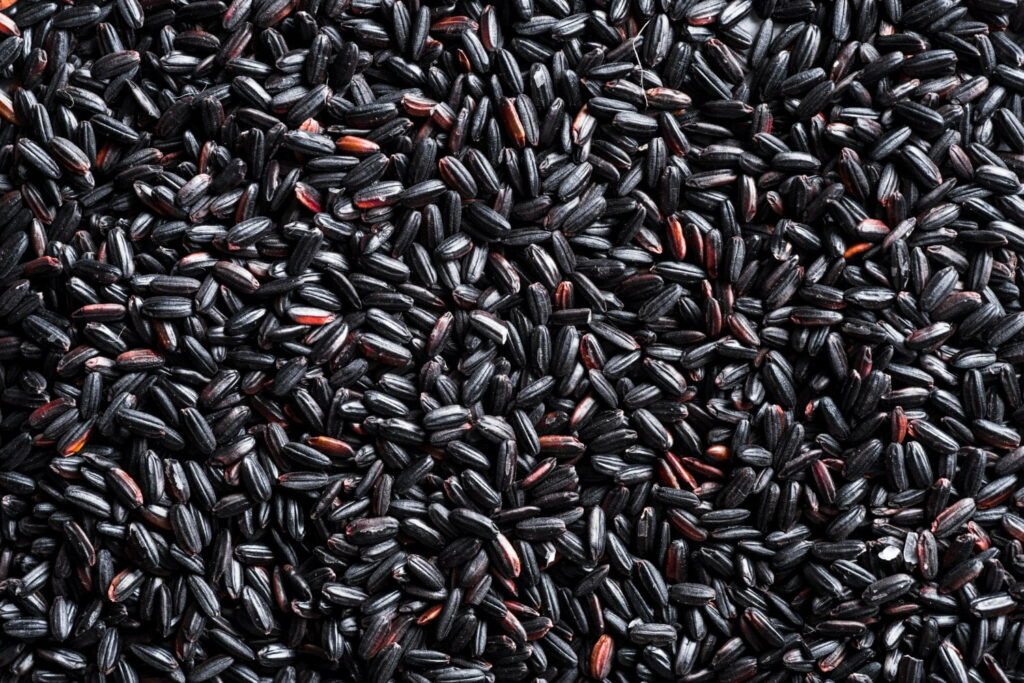
Interesting Fact:
The famous dish “Red Snapper Sol Kadi Ceviche” at The Bombay Canteen uses puffed black rice to lend nuttiness and crispness to the dish.
BLACK RICE
Purple rice is another name for Black Rice. This rice has a deep black color and usually turns deep purple when cooked. Black Rice is a cultivar of the range of rice types of the species Oryza sativa. Black Rice is often called forbidden rice because, in Ancient China, black rice was reserved for the aristocracy and common people were prohibited to cultivate it. The color of the rice is Black due to the high level of anthocyanin pigment content in it. Anthocyanin also called anthocyans, are water-soluble vacuolar pigments that, depending on their pH, may appear red, purple, blue, or black. Black Rice is suitable for creating porridge, dessert, traditional Chinese black rice cake, bread, and noodles. There are several varieties of black rice available today. These include:
- Indonesian black rice,
- Philippine heirloom balatinaw black rice and pirurutong black glutinous rice,
- Thai jasmine black rice.
- Black Japonica Rice, developed in California
WILD RICE
This Rice is not rice, but the seed of an aquatic species of grasses that form the genus Zizania, and is native to North America and China. Wild rice, also known as Canada rice, Indian rice, or water oats. The people from North America and China were historically eating Wild Rice. But Chinese people were using the plant’s stems much as a vegetable. Wild rice is not directly related to Oryza sativa and Oryza glaberrima, domesticated rice, although they belong to the tribe Oryzeae. Wild rice grains have a chewy outer sheath with a tender inner grain that has a slightly vegetal taste. The plants grow in shallow water in small lakes and slow-flowing streams; often, only the flowering head of wild rice rises above the water. The dabbling ducks and other aquatic wildlife eat the grain of wild rice.

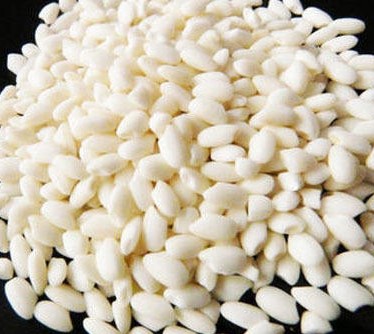
GLUTINOUS / SWEET RICE
Southeast and East Asia, Northeastern India, and Bhutan grow a sticky type of Rice known as Glutinous rice. This cultivar belongs to the species of Oryza sativa var. glutinosa and has opaque grains. Sticky rice, sweet rice, or waxy rice is other names for this rice. It has very low amylose molecule content and therefore becomes very sticky when cooked. It is called glutinous in the sense of being glue-like or sticky, and not in the sense of containing gluten, which it doesn’t. While often called sticky rice, it differs from non-glutinous strains of japonica rice which also become sticky to some degree when cooked. There are numerous cultivars of glutinous rice, which include japonica, indica, and tropical japonica strains. Asian, Japanese, and Thai dishes use this rice for their glutinous consistency. This rice is Ideal for sweet or savory dishes and also used as a thickener in soup, sauce, gravy, and pudding.
GOBINDOBHOG RICE
Gobindobhog is a short grain, white, aromatic, sticky rice having a sweet buttery flavor. Govindobhog name derives from its usage as the principal ingredient in the preparation of the offerings to Govinda, one who gives pleasure to the land, the cows, and the senses is an epithet of Lord Vishnu’s avatar of Krishna and are the family deity of the Setts of Kolkata. Bardhaman, Hoogly, Nadia, and Birbhum districts of West Bengal traditionally cultivate Gobindobhog rice. Recently Bankura and Purulia districts of West Bengal also started their cultivation. The government of India in August 2017, has allotted the geographical indication tag to Gobinobhog rice for its cultivation in west Bengal. Govindobhog is Protein rich, High in fiber, and full of Antioxidant rice. Evidence shows that the Protein content in Govindabhog rice absorbs in the body much better way than in brown rice. The Ayurveda, recommends that this rice variant is good for easy digestion and wholesome nourishment of the body. It is known that Govindobhog rice was the favorite rice of the Hon’ble President of India Dr. Rajendra Prasad. The government of West Bengal sent Govindobhog Rice to the food festival at London Olympics, in 2012.
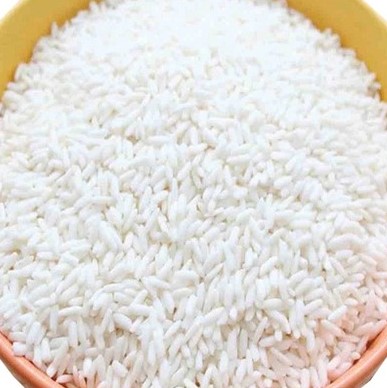
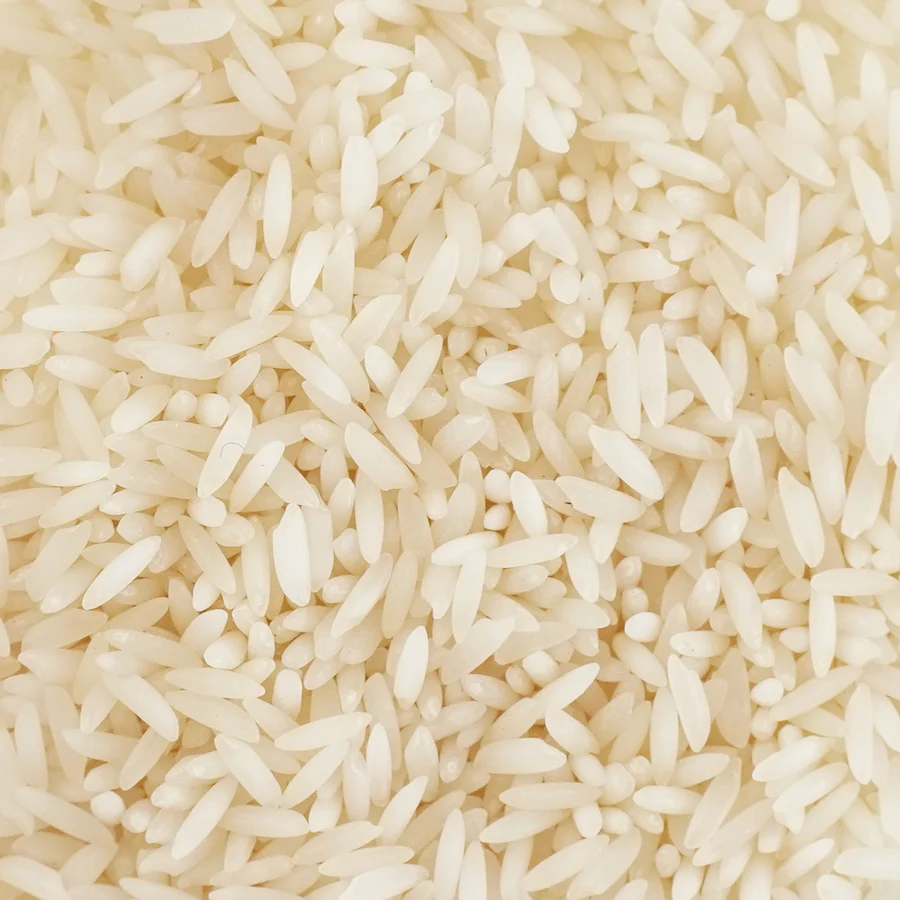
TULAIPANJI RICE
Tulaipanji is a non-Basmati aromatic Indian rice cultivar from West Bengal, India. Desi Basmati is another name for this rice for its great texture and divine aroma. The Raiganj subdivision of Uttar Dinajpur district and some pockets of Dakshin Dinajpur district is the place of cultivation of this rice. The aroma and quality of this rice variety are strongly associated with its native origin. Tulaipanji has a medium-long slender grain with an average length of 5.5 mm, a length/breadth ratio of 3.4, and an elongation ratio of 1.6. Cooked rice is extremely tasty, good in texture, bright in appearance, non-sticky, and friable due to its high amylose (28.3%) content. It has comparable quality parameters like 77.1% hulling, 65% milling, 54.2% head rice recovery, and an alkali value of 4.0. Tulaipanji Rice doesn’t require any inorganic Fertilizers. The mid-land to high-land conditions and preferably the jute harvested fields are perfect for its cultivation. Low soil fertility and moisture stress generally prevail in the growing field and are believed to be the key factor behind the aroma. In 2012, the Government of West Bengal sent Tulaipanji rice to the food festival at the London Olympics.

Rice Product Basket of Cohere
To know more about our Basmati and Non-Basmati RICE Product Categories, CLICK the button below:

